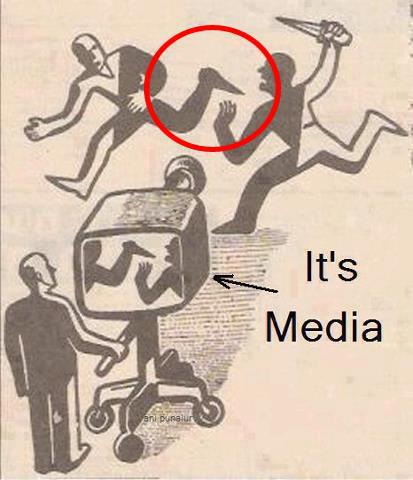This reading covered a myriad of capture technologies and how the variability and idiosyncrasies of the technique influenced the result, concluding that photography is far from ‘objective.’ In contemporary captures, the medium is far more predictable than it was over a century ago. We no longer have to deal with film irregularities and such, and cameras with simple UI are available to anyone with a cellphone, rather than experts only. One quote I particularly enjoyed described how photography was seen as a rational, enlightened pursuit:
“Observing was considered an art, reserved for those exceptional, diligent and above all sharp-eyed devotees of the natural world and the heavens.”
As pretentious and idealistic as these concepts seem today, I understand the defensive attitudes of individual photographers and the discipline as a whole. Considering the scientific method was not as widely accepted as the foundation of truth (not that it necessarily is now,) any lapse in the objectivity and reliability of measurements, like wobbly photos of the moon, could undermine the entire endeavor. It’s interesting to imagine what photography would look like today if it had originated as a tool of religious and faith-based belief systems rather than scientific ones.
However, photography is no more objective than it ever was. If it weren’t painfully obvious that images can be used to manipulate ‘truth,’ we wouldn’t have this highly complex political cartoon (only intellectuals can understand, sorry.)

There genuinely are different kinds of truth. One of my favorite ideas from the reading was botanical illustrations that showed a flower in all stages of growth, collapsing time and idealizing a living thing:
“These images were true and scientific representations of nature, just like photographs, but they relied on an entirely different understanding of the truth claim.”
Finally, a quote on what makes a photograph interesting. Maybe it’s the failures of a photograph as a tool that make it a good way to make art.
“Measuring photographs that also offer accidental pictorial details are, on the other hand, more likely to survive in archives.”